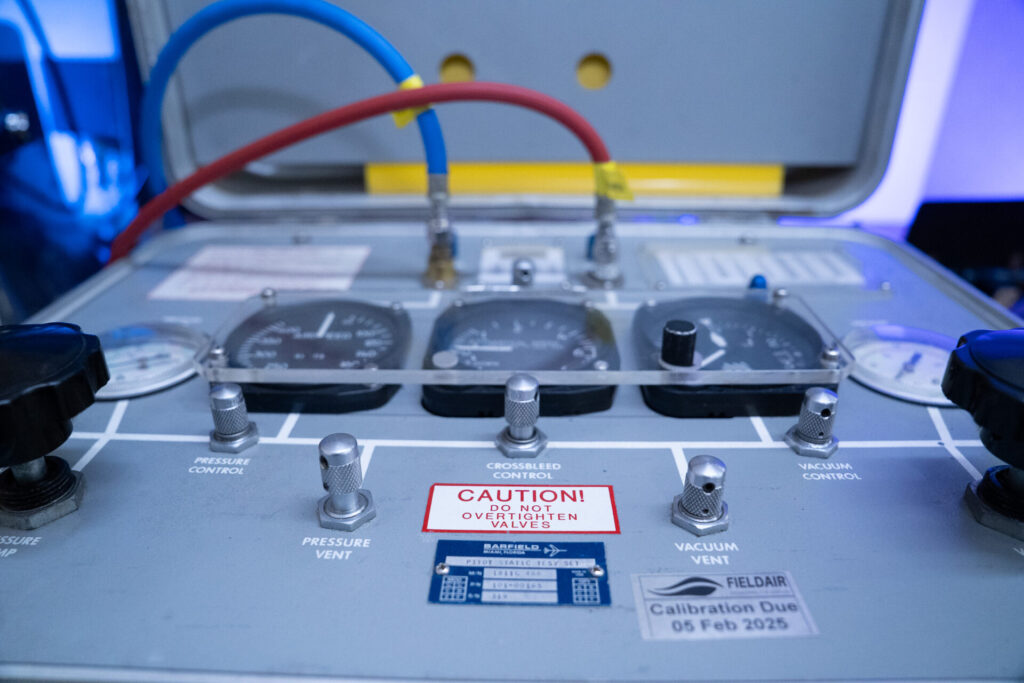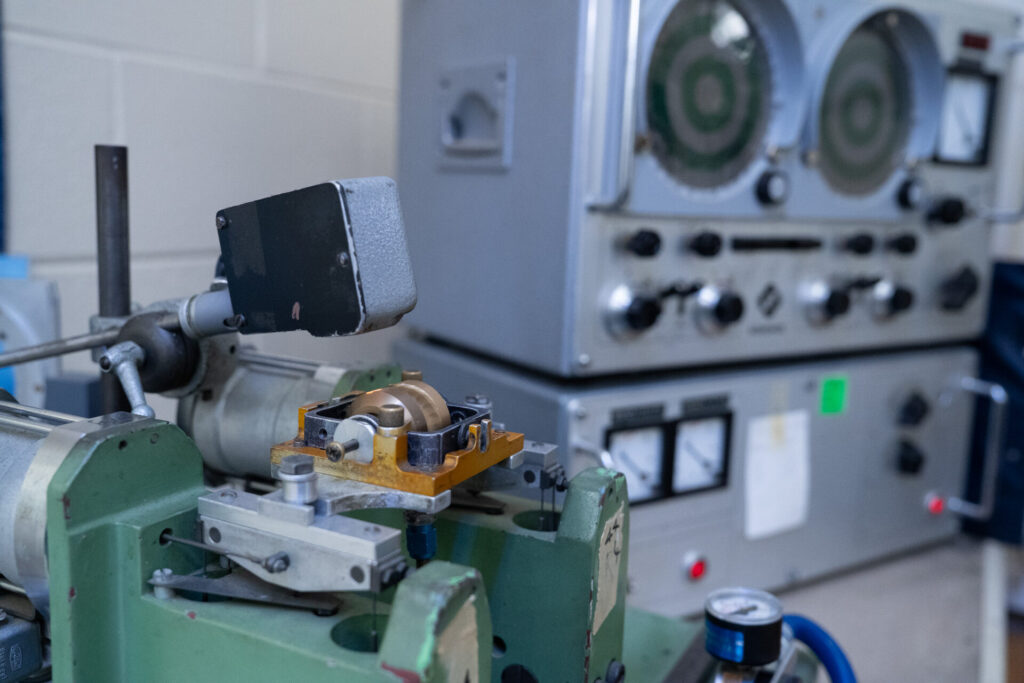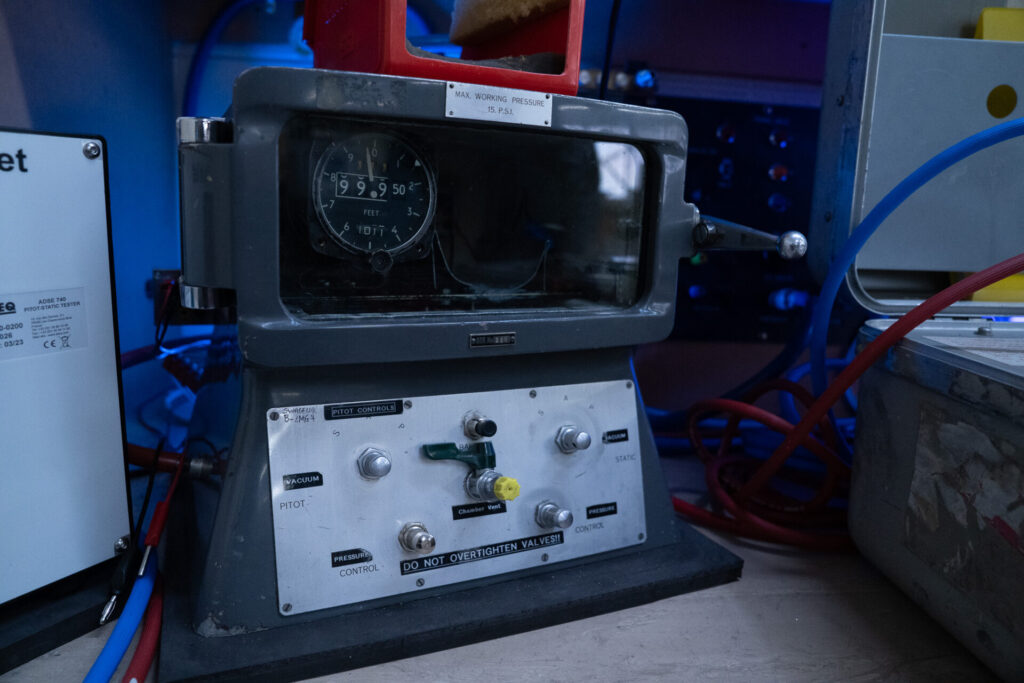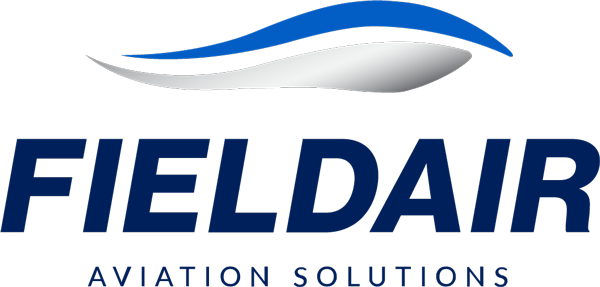Handle like eggs: best practice for installing aircraft gyros and instruments.
Aircraft instruments such as gyroscopes, altimeters, and turn coordinators play a critical role in flight safety and navigation. Yet despite their importance, these sensitive components are often mishandled—leading to performance issues, inaccurate readings, or even costly repairs.
To shed light on best practice for handling and installation, Fieldair spoke with Engineering Manager Gareth Far, who shared insights into the most common mistakes and the precautions that help protect these delicate systems.

Why handling matters
“Think of these instruments like a fine mechanical watch,” says Gareth. “They use jewel bearings, fine-toothed gears, and slim shafts that are incredibly easy to damage with even small knocks or vibrations.”
Gyros and similar instruments also typically have glass faces and spring-loaded components. Dropping or jarring them—whether during installation, removal, or even packaging—can lead to internal damage that isn’t immediately visible. This can introduce friction that causes the instrument to lag behind or misread critical movements of the aircraft.
“In something like an altimeter, for instance, that friction might mean you don’t see a change in altitude until you’re already hundreds of feet off,” Gareth explains. “That’s not something you want when you’re flying low near hills.”

Common mistakes during installation
Many problems occur because of simple misconceptions or rushed procedures. A key example is the misuse of the caging knob, which is designed to help the instrument level itself during startup. “These knobs should only ever be handled gently. Yanking them or using them to ‘force’ the gyro into position is a recipe for internal damage,” says Gareth.
Another common mistake? Removing a gyro while it’s still spinning. Instruments should always be allowed to spin down fully before removal. A simple trick used by Fieldair engineers is to secure the caging knob using a plastic sleeve—preventing it from retracting and flapping during transport.
Packaging and transport: a hidden risk
Damage doesn’t only happen on the bench. Gareth notes that one of the biggest risks comes from poor packaging when customers send instruments in for servicing. “We’ve seen units arrive with broken internals just from being banged around in freight,” he says. “Good packaging and external labeling—like ‘Handle Like Eggs’—can make all the difference.”

Post-installation checks
Once installed, instruments need to be tested in the correct aircraft configuration. One overlooked factor is panel tilt. Depending on the aircraft, instruments may require specific angular settings to align correctly with the panel. “If you install a unit with the wrong tilt configuration, the artificial horizon or turn coordinator won’t give accurate readings,” Gareth says.
This is why Fieldair pays close attention to aircraft-specific requirements and uses calibrated balancing machines to ensure instruments are tested and configured accurately before returning to service.
What sets Fieldair apart
Gareth highlights Fieldair’s ongoing investment in high-quality test equipment as a key differentiator. “We might be using gear that’s been around a while, but it’s the best kind of equipment for this type of work. It gives us confidence in the results we’re delivering.”
Final advice: handle like eggs
When asked for one golden rule, Gareth doesn’t hesitate: “Handle like eggs.”
Whether you’re a licensed engineer or a private aircraft owner doing your own removals, the message is the same: treat every instrument with care. Respecting the precision and fragility of these components is the best way to ensure your aircraft remains safe and reliable.
